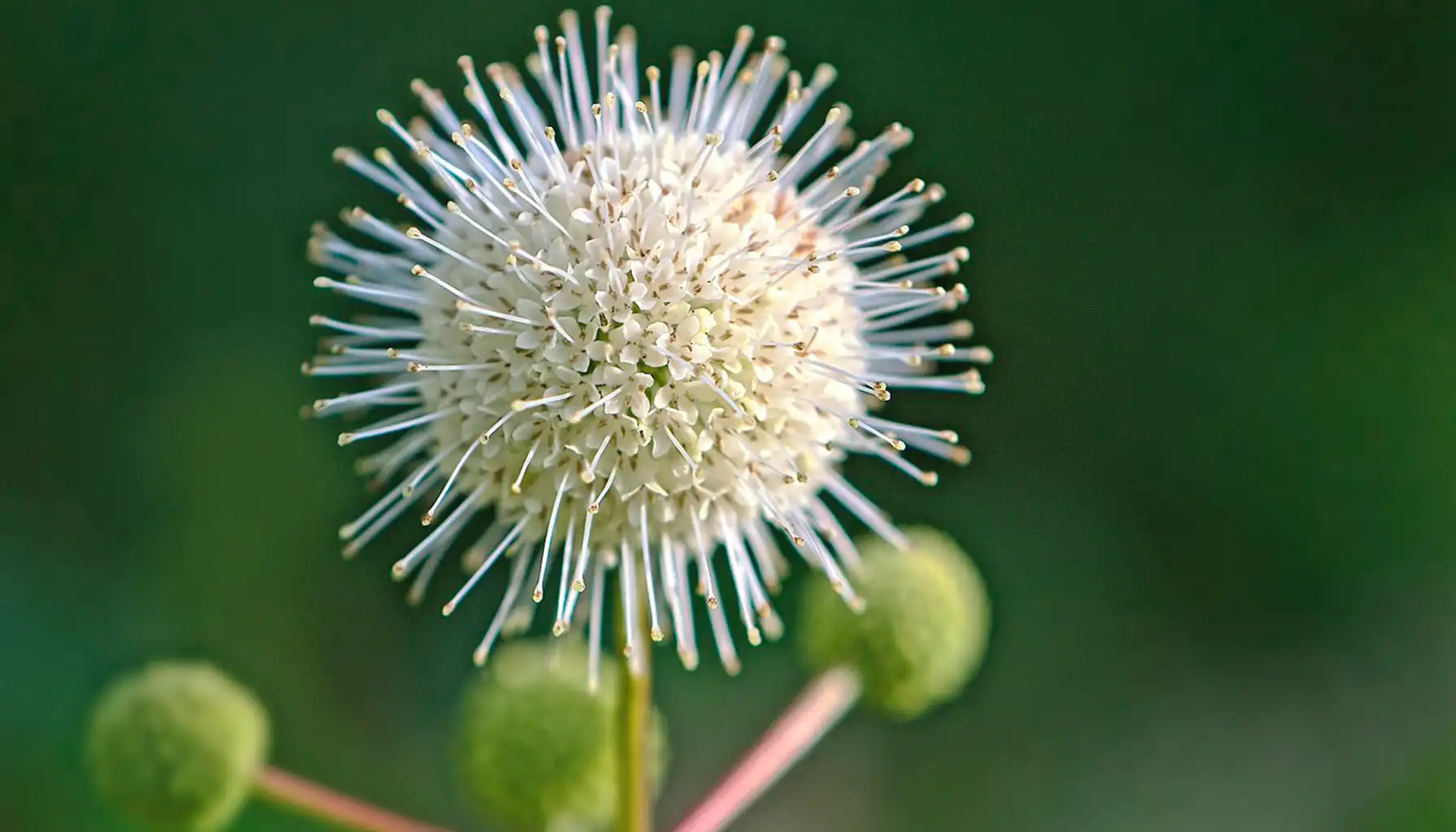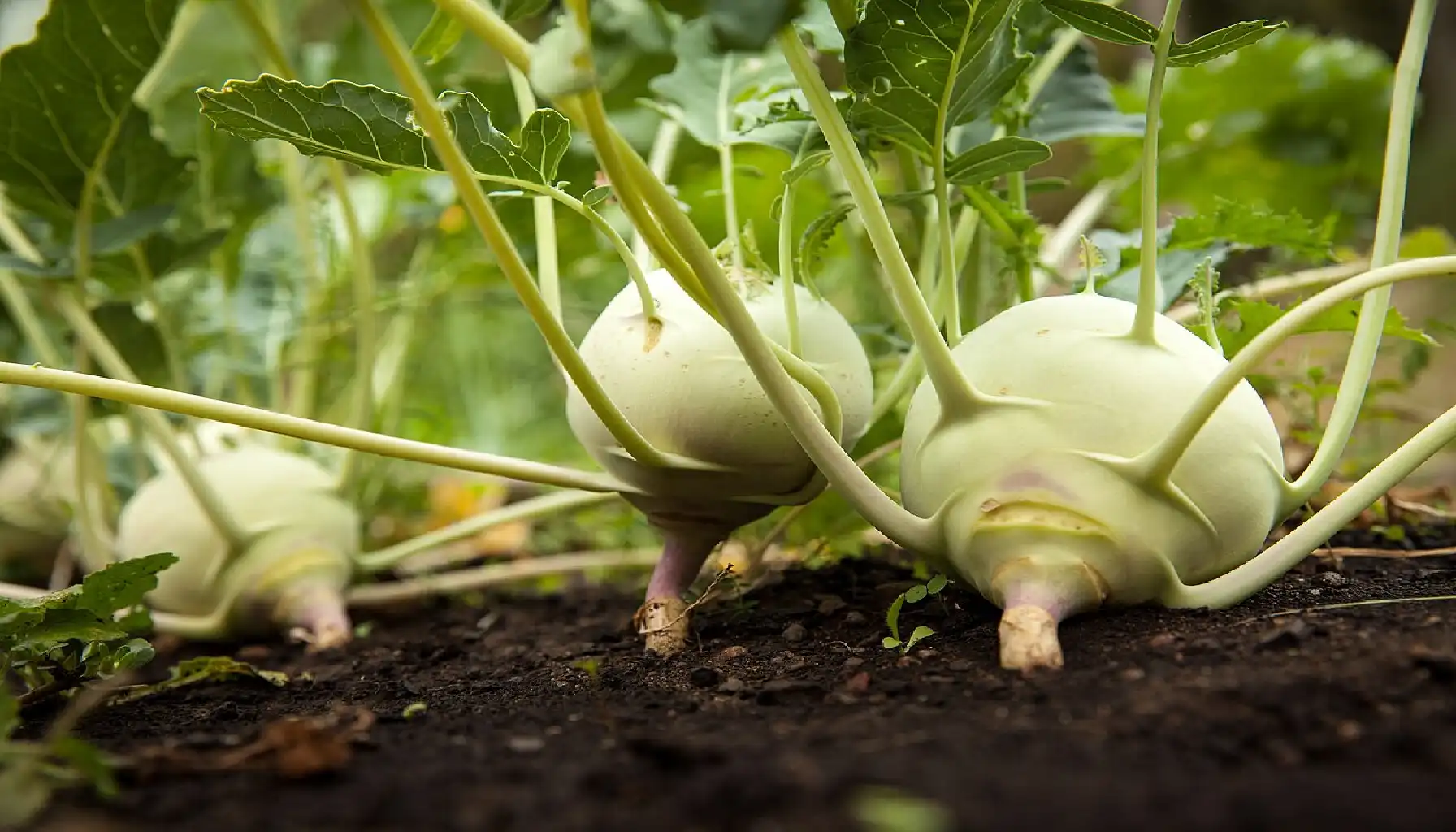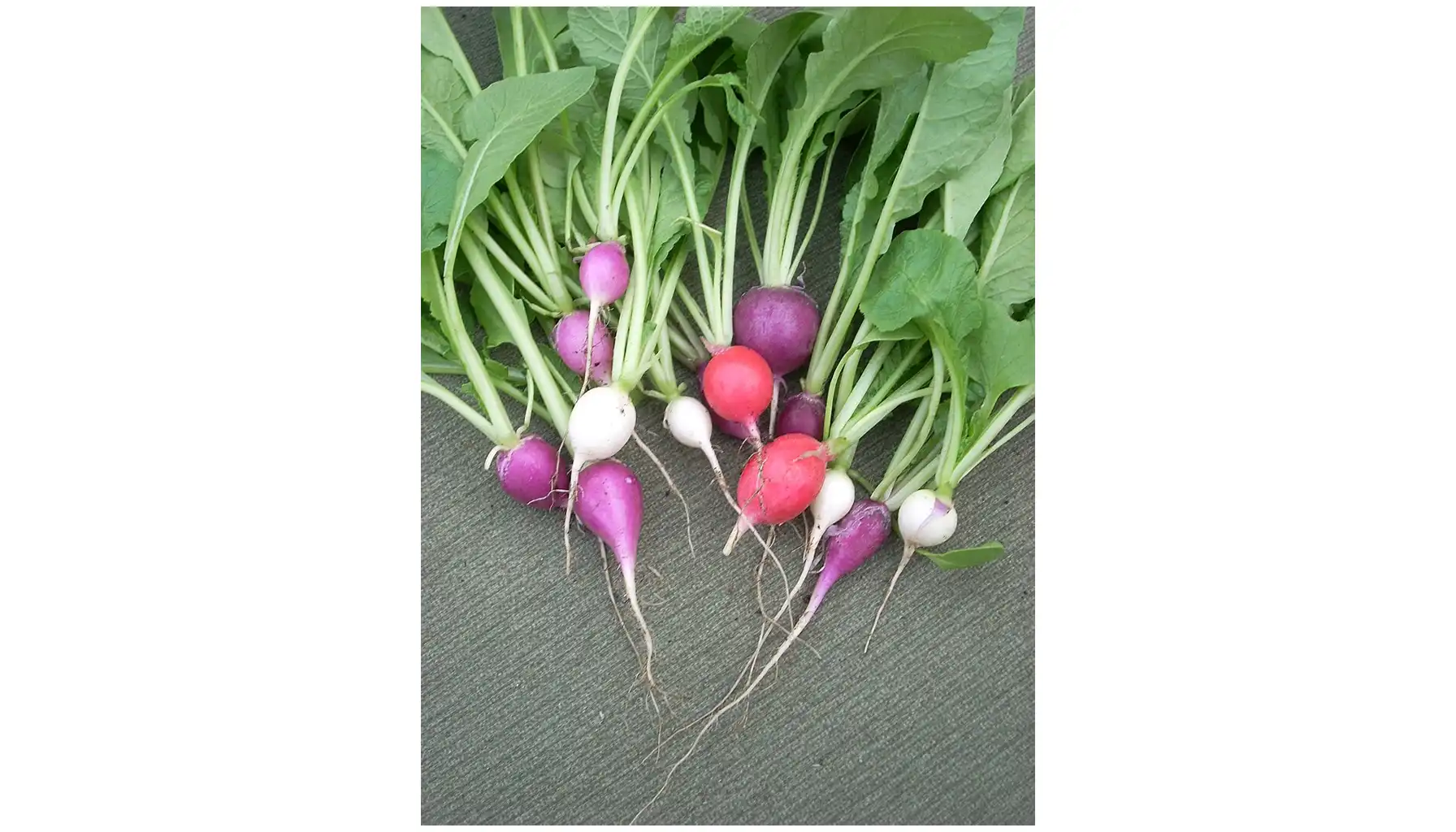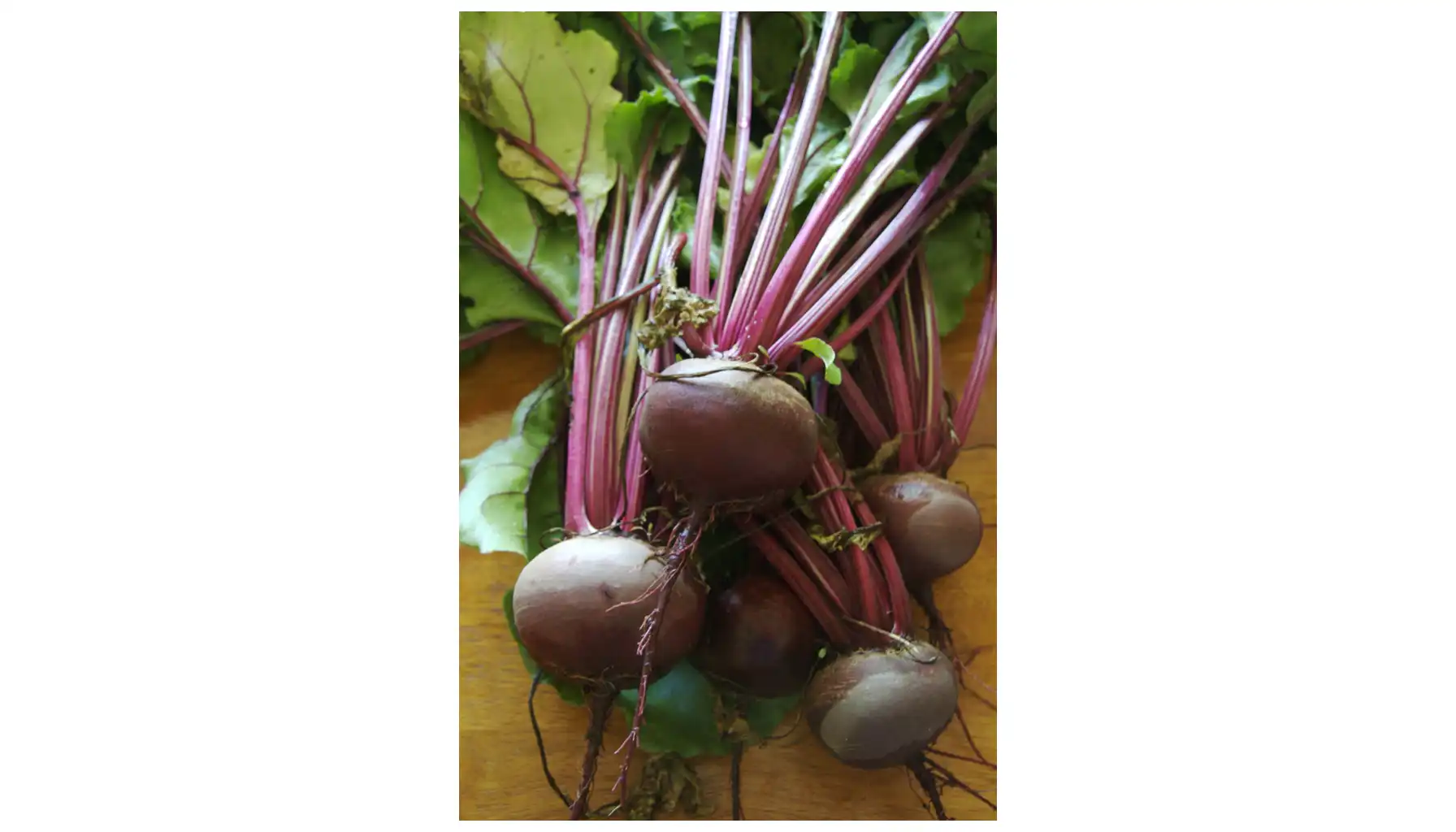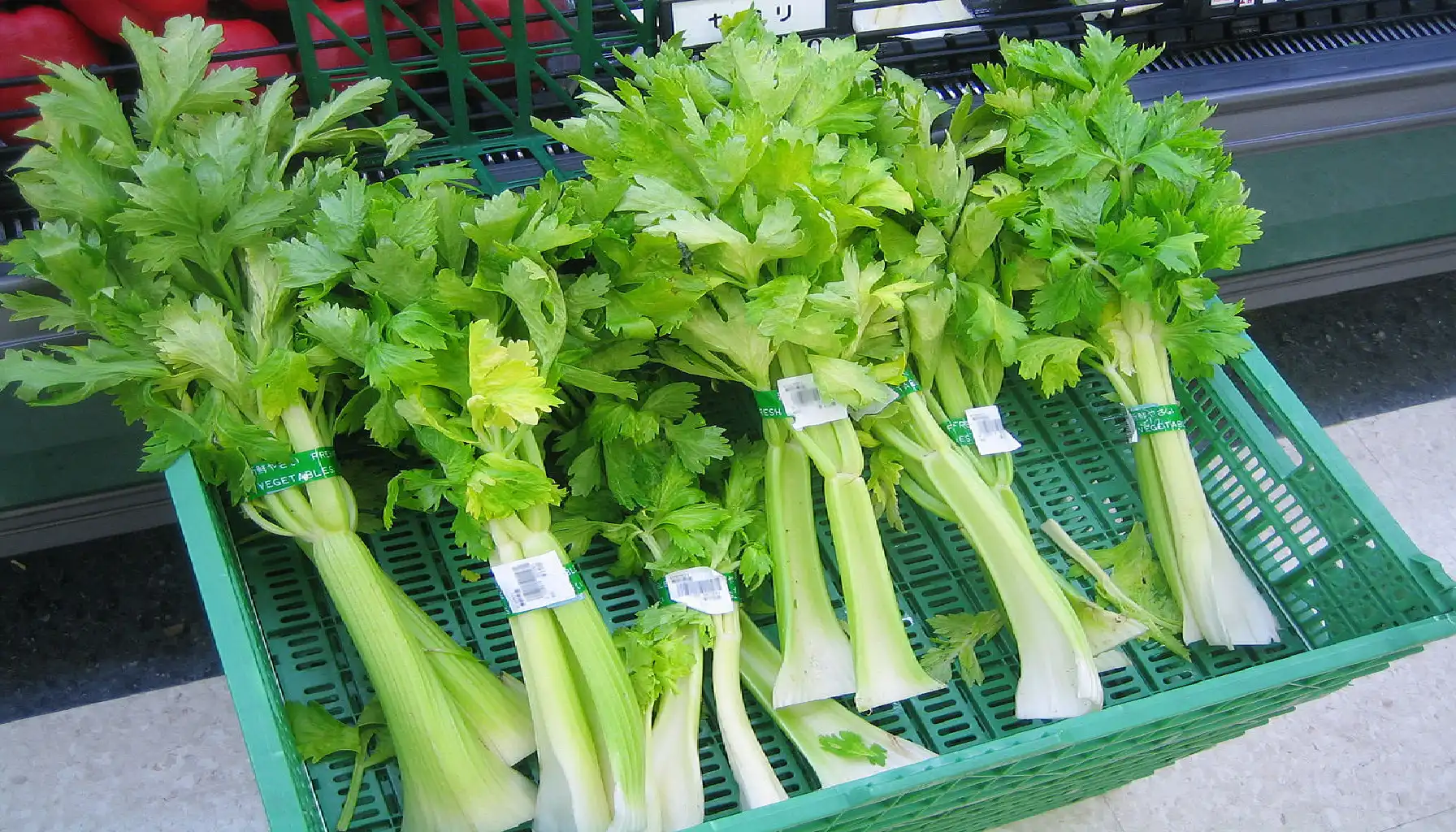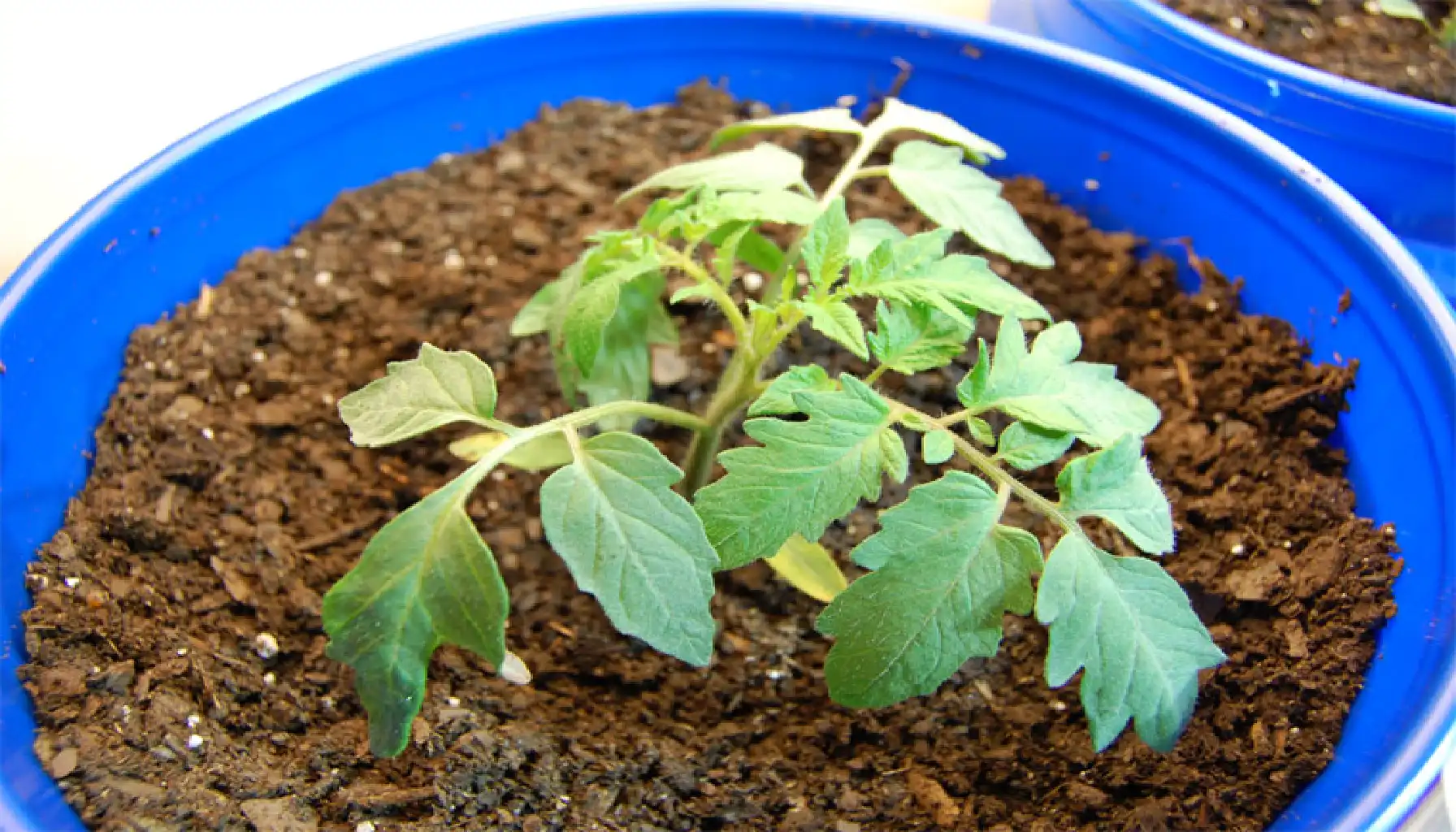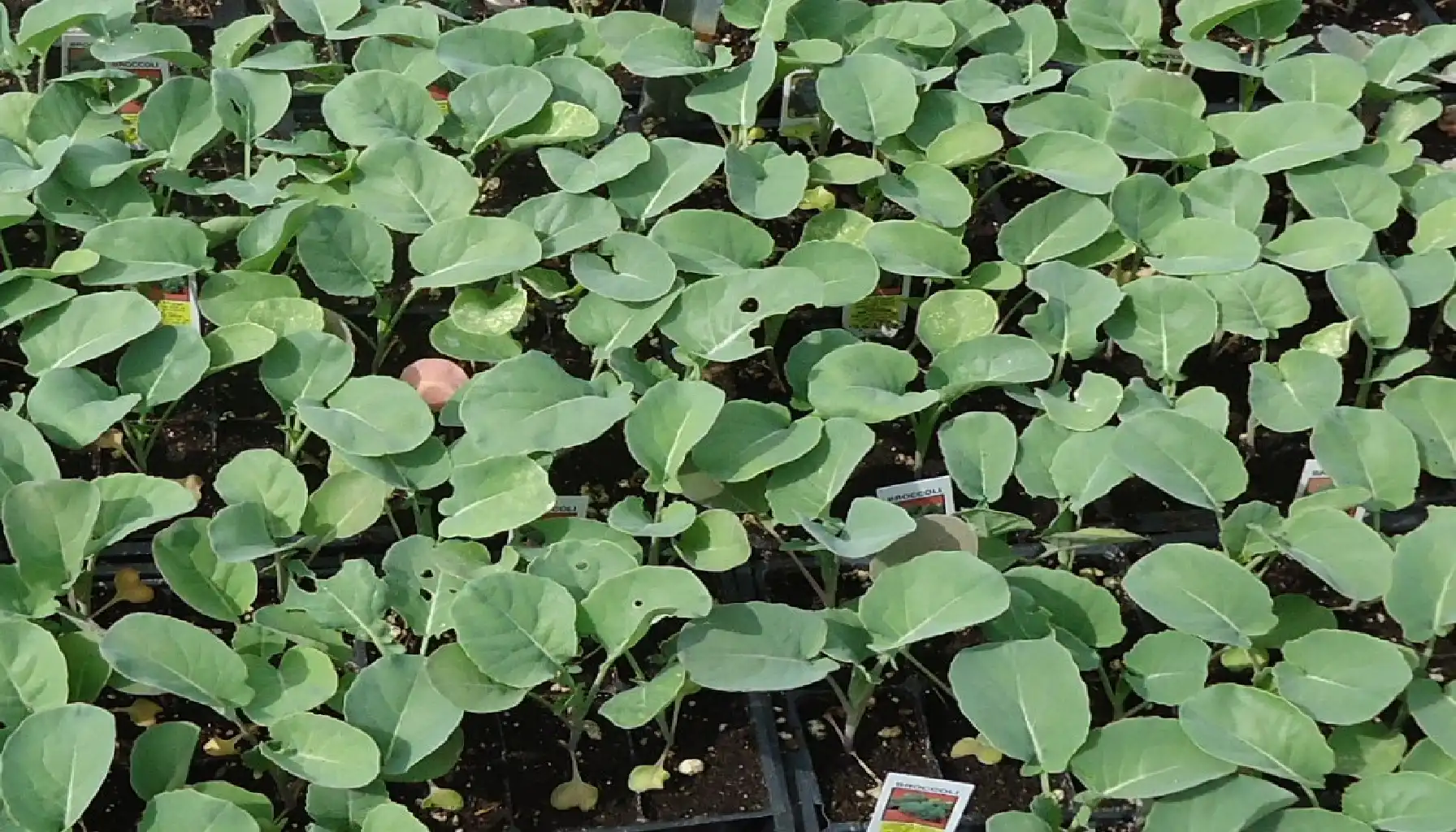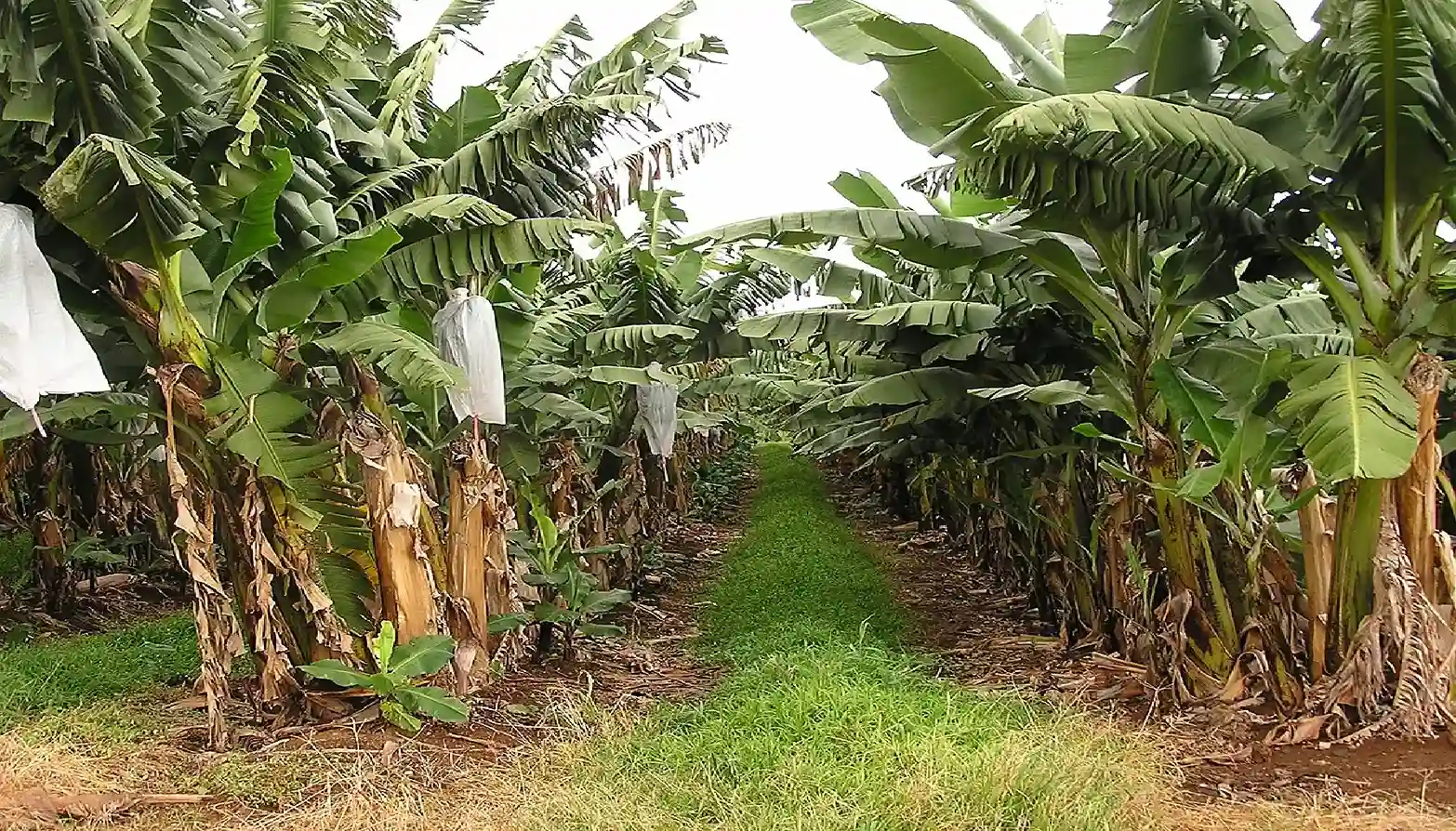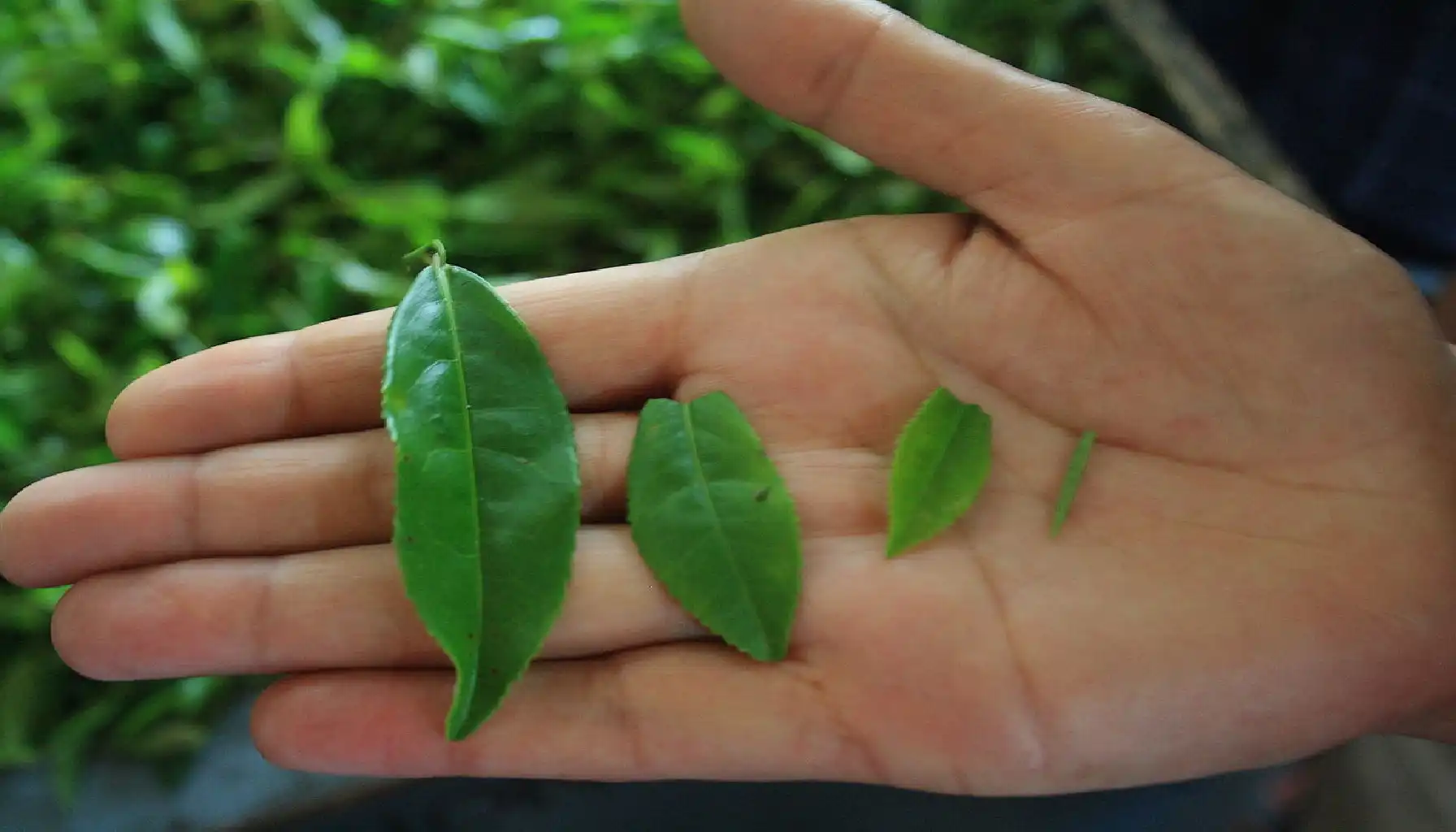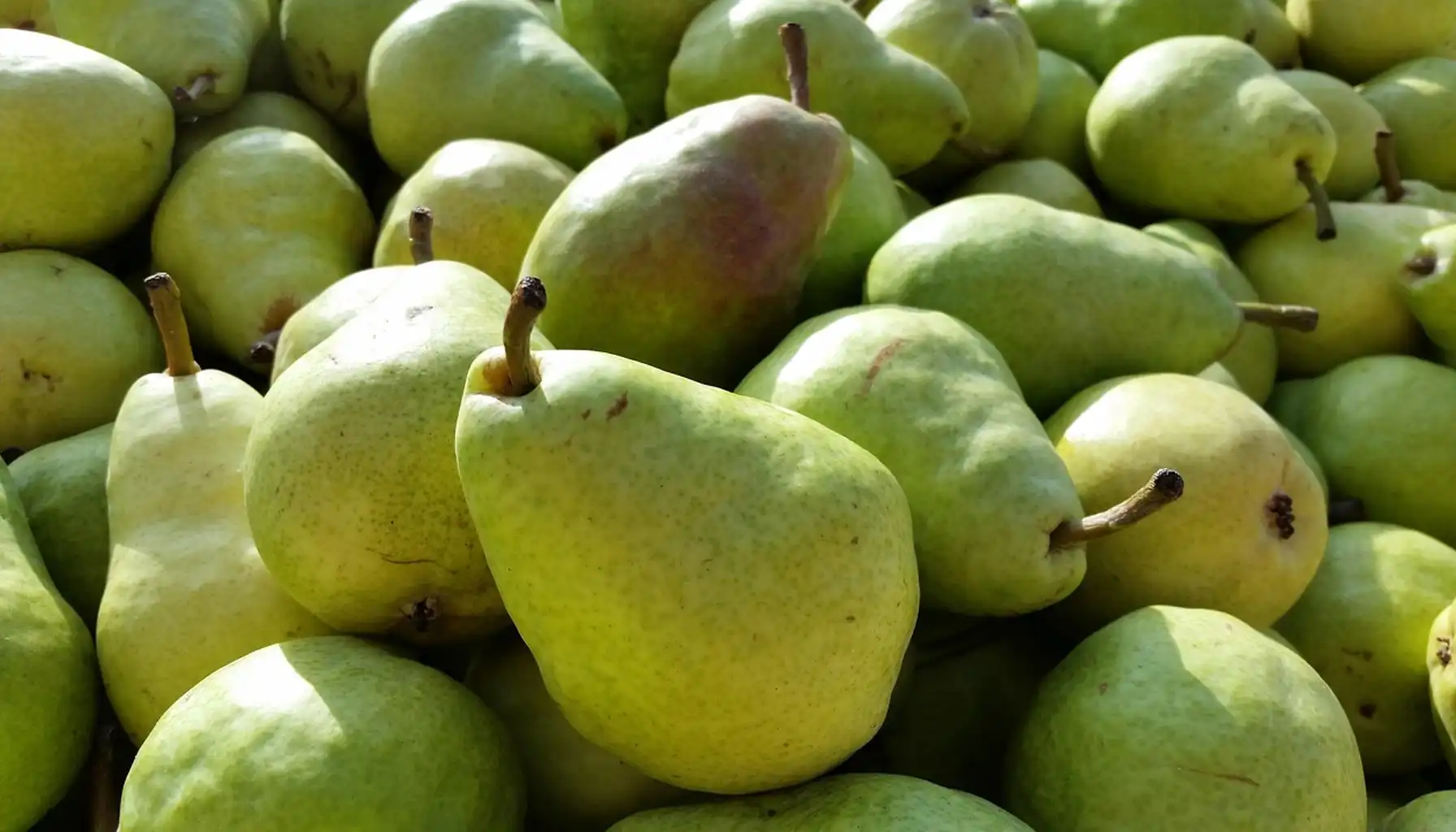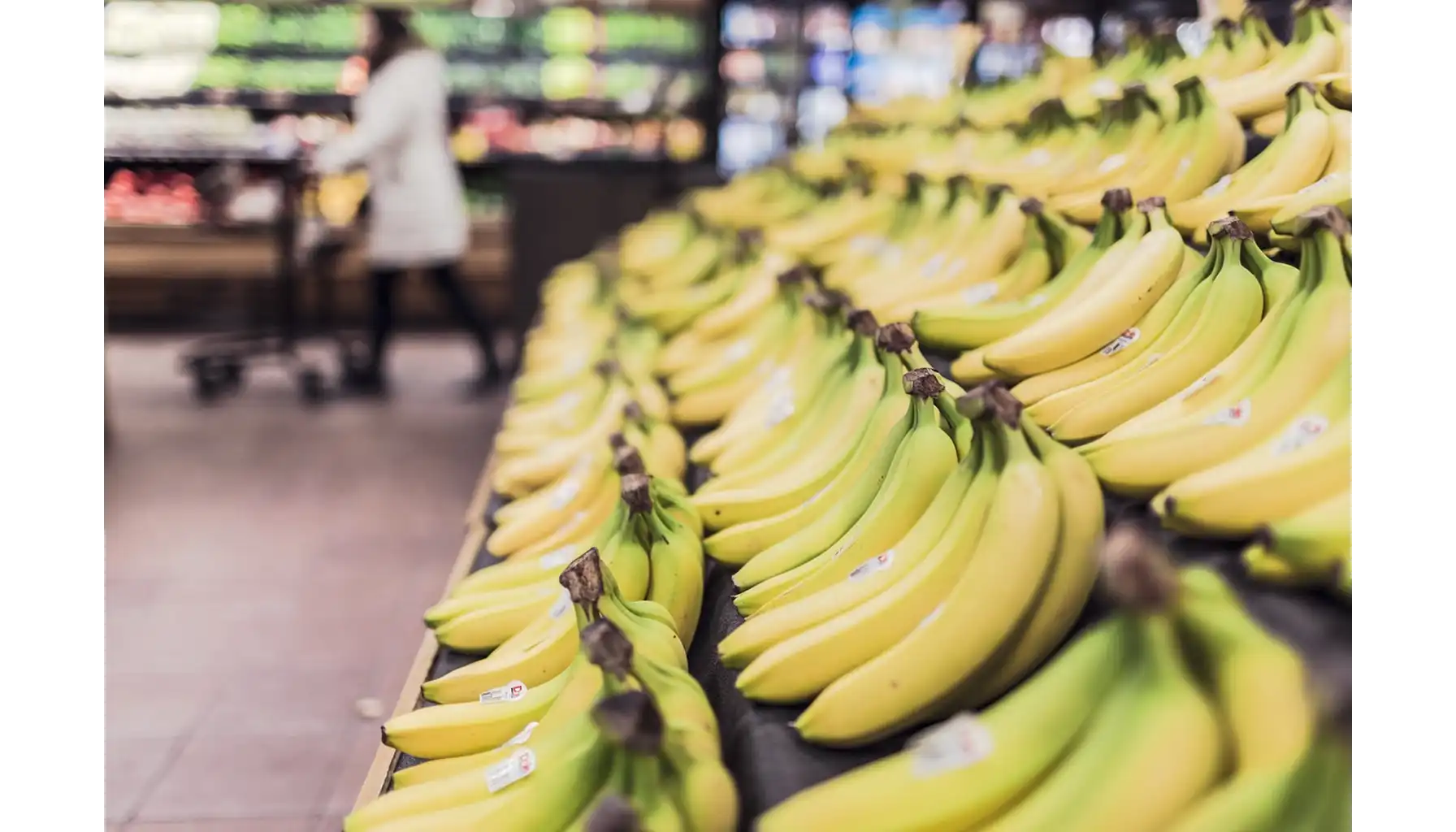You’ve probably thrown away more edible leaves than you think. Radish, beet greens, celery, and even tomato often get trimmed and thrown out without a second thought. But these so-called "scraps" are flavorful, nutrient-dense, and versatile in the kitchen. You can learn how to prepare them to reduce waste and stretch your harvest.
If you’re unsure about plant types in your garden or want to be confident before harvesting them, a reliable plant identifier app like AI Plant Finder can help. Take a picture, and the app will instantly tell you what plant you’re working with. It has over 300,000 entries with up to 97% accuracy.
So, let’s get educated on what kind of plants you can eat.
Radish Leaves
Are radish leaves edible? Yes, and they’re delicious. Radish greens often end up in the compost, but there’s no reason for that. These plant pieces taste peppery and slightly earthy, not unlike arugula, and can be prepared much the same way as spinach or Swiss chard.
How to store radish greens: as soon as you bring radishes home, remove the tops. If you leave them attached, it draws moisture out of the root. Wrap the greens in a damp towel, place them in a plastic or mesh bag, and store in the crisper drawer. Use them within a couple of days for the best texture and taste.
Cooking with radish greens
Sautéed Radish Tops: heat olive oil, add the greens, and cook until wilted.
Radish Green Pesto: mix 50/50 radish tops and basil.
Add to Soups & Stir-Fries: these greens soften quickly and taste great.
Beet Greens
Are beet leaves edible? Absolutely. Beet greens are mildly sweet and tender, similar to spinach. You can eat both the leaves and the stems, just chop the stems a little finer as they take longer to cook.
Smart ways to use beet tops
Storage tips: store trimmed beet greens wrapped in a damp towel in a breathable container.
Celery
Not a lot of people like it, but it has lots of vitamins and is perfect for low calorie diets (only 14 kcal per 100 gram). Are celery leaves edible? Yes, they’re packed with flavor. Celery has a bold, bright taste. The inner, lighter leaves are best raw, while the darker ones work better in cooking.
Six ways to use celery:
Tomato
Tomatoes can be harvested in different ways. Are tomato leaves edible? Surprisingly, yes, but only in small amounts. Tomatoes are part of the nightshade family, but they’re safe to eat in normal cooking portions. Many chefs use them to boost tomato-based sauces.
Where to use them:
In pasta sauce
In salsa verde
As a garnish
Just harvest the younger leaves in the morning and always wash thoroughly.
Broccoli and Cauliflower
Are broccoli leaves edible? Yes. Wash and slice the leaves. Sauté with olive oil, garlic, salt, and a pinch of red pepper flakes until wilted (5–6 minutes). Serve as a side dish like sautéed kale.
Speaking of other cabbage-like things, are cauliflower leaves edible? Yep. Toss clean, dry leaves with olive oil and a sprinkle of sea salt. Roast at 375°F (190°C) for 12–15 minutes until crispy. Great as a crunchy snack or soup garnish.
These are often overlooked but totally usable. Broccoli are mild, and cauliflower leaves have a nutty flavor. You can do basically whatever you like: roast or sauté them or add to soups.
Kohlrabi, Zucchini & Squash
Are kohlrabi leaves edible? Definitely, they taste like mild collard greens. Stir-fry chopped leaves with onion, garlic, soy sauce, and sesame oil. Optional: add tofu or egg for protein. Cook until soft, about 7–8 minutes.
Zucchini is a plant that contains high levels of calcium, potassium, magnesium, phosphorus, and vitamins A & C. But are zucchini leaves edible? Technically yes, but they’re better when young and cooked. Use young, fuzz-free leaves. Sauté in oil with mustard seeds, onions, garlic, turmeric, and coconut milk. Simmer gently for 10 minutes. Serve over rice.
Another thing that is edible is squash. It’s widely used in African and Southeast Asian cooking. Cook chopped squash leaves with tomatoes, onions, palm oil, and ground peanuts or peanut butter. Simmer until thick. Serve with boiled yam or rice. Remove fuzz from squash or zucchini before cooking.
Banana
Are banana leaves edible? Not to chew, but yes for cooking. You can wrap seasoned fish with herbs and coconut milk in banana leaves. Grill or steam for 15–20 minutes. The leaves impart flavor but are not eaten.
They’re often used as wrappers for steaming or grilling, especially in tropical cuisines. They add aroma but are not meant to be eaten directly.
Tea, Mint, and Strawberry
Are tea leaves edible? Usually yes, if they’re food-grade. You can brew or even cook with them. Use fermented or pickled edible tea (can be purchased or homemade). Mix with fried garlic, peanuts, cabbage, tomatoes, and lime juice. Serve cold.
If we started talking about things you put in tea - are mint leaves edible? Of course. Used in teas, desserts, sauces, and salads. Blend mint leaves, cilantro, green chili, lemon juice, garlic, and salt. Use as a dip or sandwich spread. Keep in the fridge for 3–4 days.
Are strawberry leaves edible? Yes, fresh young leaves can be steeped into tea or chopped into salads. Avoid old or dried leaves, which can irritate the stomach. Use fresh, young strawberry leaves. Steep in boiling water for 5–7 minutes. Optionally add honey or lemon. Good for digestion.
Managing Leaf Damage and Pests
Even the most edible leaves can become unusable if pests get to them first. For example, red spider mites thrive in dry weather and leave speckled yellow patches and webs.
Tips to protect your plants and veggies:
Read a bit more Quick Solutions: How to Cope with Red Spider Mites in Garden for fast treatment options that don’t need harsh chemicals.
Other Edible Leaves You Might Be Ignoring
Leaf | Flavor | How to Use | Prep Tips |
Carrot Tops | Earthy, parsley-like | Pesto, soups, chimichurri | Use only the feathery parts
|
Broccoli | Mild, kale-like | Roast, steam, or stir-fry | Remove ribs for tenderness
|
Kohlrabi | Neutral to peppery | Stews, smoothies, sautéed dishes | Use young leaves raw, cook older ones
|
Cauliflower | Mild and nutty | Roasted or in stock | Trim bruises, wash well |
Turnip Greens | Strong, mustardy | Braised, in beans or frittatas | Blanch to reduce bitterness
|
Sweet Potato | Mild, spinach-like | Sautéed or steamed | Harvest before flowering
|
Pea Shoots | Sweet and grassy | Salads, soups, rice bowls | Best young and tender |
Fennel Fronds | Licorice-like | In dressings or sauces | Snip feathery tips
|
Squash | Mild, squash-flavored | Stews or soups | Remove fuzz, cook thoroughly
|
Grape | Tangy, earthy | Dolmas, grain dishes | Blanch young leaves before use
|
Cooking Tips
If you want to cook beet greens or squash leaves, a few simple techniques can help you get the most flavor and nutrition from your harvest. Many edible leaves are delicate or bitter, so you can cook them the right way and it will make a huge difference.
Taste raw first to understand bitterness. Not all edible leaves are meant to be eaten raw, but taking a small bite (especially of tender greens like radish tops or carrot) can help you understand bitterness or spiciness. So you will know how much seasoning or cooking time is needed. If a leaf is too bitter raw, it may be better suited for a quick sauté, blanching, or pairing with something creamy or starchy.
Remove thick or tough stems. Many greens like beet tops, broccoli, or kohlrabi have fibrous central stems. These can be stringy or chewy when cooked whole. Either strip the leaves from the stems or chop the stems finely and cook them longer. For example, start the stems in the pan a minute or two before adding the leafy parts.
Add acidity to balance flavors. Lemon juice, a drizzle of vinegar, or even a spoonful of yogurt can make leafy greens taste better and cut through bitterness. This works well for turnip greens, mustard greens, and carrot tops. Acidity makes the greens' flavor better.
Don’t overcook, because most greens cook in 1–2 Minutes. Edible leaves cook quickly. Overcooking kills flavor, texture and also drains away color and nutrients. For sautéing or stir-frying, cook greens just until wilted, usually no more than 2 minutes. If you're boiling or blanching, a quick dunk in boiling water followed by an ice bath helps preserve color and tenderness.
Garlic, onion, ginger, or even whole spices (like mustard seeds or cumin) can add more flavor to otherwise plain greens. Try sautéing aromatics first in oil before adding tem, because it creates a more flavorful base.
Could You Grow Them at Home?
Yes, many edible leaves can be grown in pots or small beds. A small list of possible greens you can use:
Leaf | Grow at Home? | Growing Tips |
Radish Greens | ✅ Yes | Matures in 3–4 weeks, harvest early
|
Beet Greens | ✅ Yes | Loose soil and sun, harvest young ones |
Celery | ✅ Yes | Regrows from base, moist soil needed |
Tomato | ✅ Yes | Trim lightly to avoid plant stress |
Broccoli | ✅ Yes | Grows like broccoli, pick early |
Cauliflower | ✅ Yes | Water regularly, harvest throughout |
Kohlrabi | ✅ Yes | Pick while bulbs are developing |
Zucchini | ✅ Yes | Pick young before spines develop |
Squash | ✅ Yes | Remove fuzz, best cooked |
Carrot Tops | ✅ Yes | Deep pots, quick to grow even without full roots |
Sweet Potato | ✅ Yes (warm climates) | Needs warmth and space, harvest regularly |
Pea Shoots | ✅ Yes (indoors too) | Sprout indoors or out, harvest at 4–6 inches |
Grape | 🚫 Usually Buy | Unless you have a mature grapevine, it’s easier to buy brined grape leaves from markets. |
As you can see, there are many more things you can harvest from your garden even today and diverse your cuisine. Radish, beet greens, strawberry, cauliflower, and even banana, just choose whatever you like and add them to your favourite recipes. Many parts of the plants we normally toss are full of flavor and nutrition. Get in the habit of treating your plant leaves as part of your meal prep.
You’ll waste less, enjoy more variety, and maybe even discover a new favorite green. Edible leaves are everywhere, on veggies you already grow, buy, and cook. With just a little extra effort, these so-called scraps become ingredients in their own right. And there are lots of interesting recipes on the web with those ingredients - just look.
Just try to keep a close eye on plant health, manage pests like red spider mites with preventive care, and treat your plants so they will be always healthy. And if something’s off, pests, yellowing, wilting, don’t guess. You can check articles like What’s Wrong with My Plant | Quick Diagnosis & Ways Out before you harvest or toss or any other articles from this blog to start caring for your plants more efficiently.
AI Plant Finder Related Posts:
